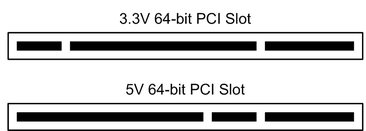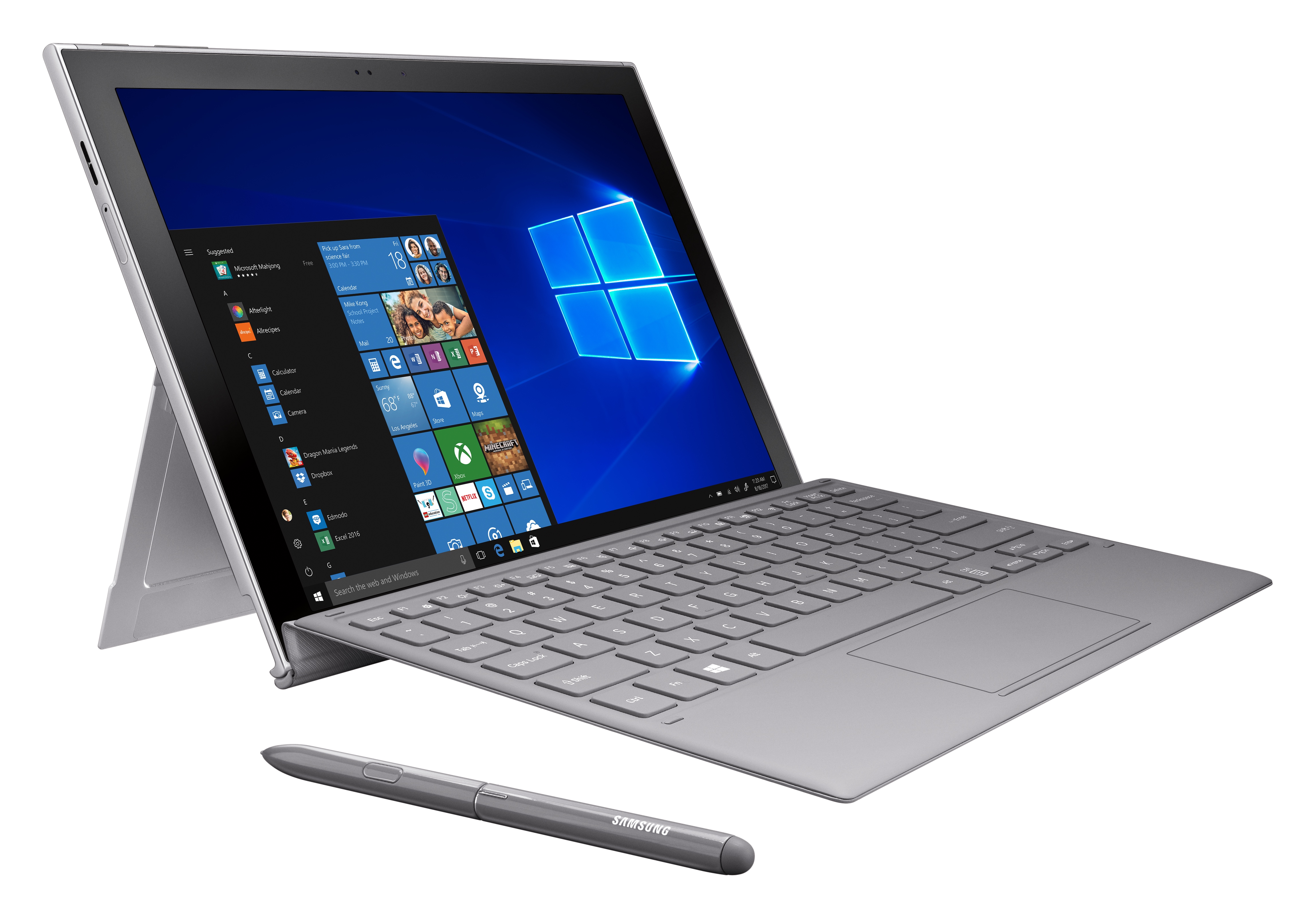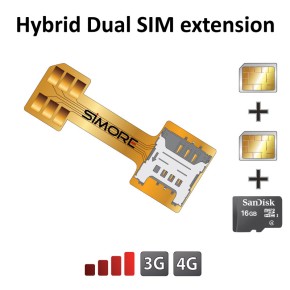Features and Symbols
The game also comes with bonus features which significantly enhance your chances of winning. A secret agent’s badge studded with diamonds is the bonus icon in the game. It appears when the free spins bonus is being played. Along with this symbol, the other icons that appear on your screen include a Ferrari, a target shooting icon of the woman which later converts into the game’s logo, and a private jet.
56 likes 113 talking about this. Blackjack is the most popular table casino game while online slots are The X Factor Slot Machine the popular casino game amongst the video machines. Both games have high odds and are tons of fun. Both games have high odds and are tons of fun. A 30-payline, five-reel slot machine which can be accessed both online as well as at land-based casinos, Madame X is one for those who can’t get enough of femme fatales as principal characters. The rewards and features on offer make it quite an interesting game for slots players of all kinds. The only downside is that players cannot enjoy the game on mobile platforms. More than 25 FREE slots with large smoothly animated reels and realistic slot machine sounds. Play FREE and WIN CASH!

How to win at Bar X XL slot. There is a limited number of symbols you can combine to hit a win in Bar X XL slot. There is the red X symbol, which will pay out 5-20 coins if you land three to five of the same icon across the reels. There is also the classic BAR symbol, which will reward the player with 10 to 40 coins when matching them.
Players can wager real money on the Madame X slots at several land-based casinos. There are rumours suggesting that Madame X slots will soon be available on mobile platforms as well. However, it remains to be seen whether or not the manufacturer will launch it anytime soon. New players can have a great time playing this game as the minimum wagering amount is as low as one cent. The game operates on WMS’ Bluebird platforms including Bluebird xD, Bluebird 2e, Bluebird 2, Bluebird. It comes with the Big Win feature that adds to the excitement when you win on this slot game, with audio effects that are sure to enhance your overall experience.
Contents:
Overview
The name PCI has been derived from Peripheral Component Interconnectwhich describes a set of industry standard computer bus architectures which are used to connect componentson the computer main board to each other, and also provides an expansion bus to install add-in cards.
These bus architectures have been fully standardized by thePCI Special Interest Group (PCI SIG)Over the years the PCI SIG has enhanced and released newer versions of their standards in order to matchthe increasing requirements for a high performance computer bus system.
The PCI standards include a full plug-and-play capability. This means the computer BIOS oroperating system can determine the resource requirements (memory, I/O, or interrupt) of such cardsautomatically and assign resources in a way that there are no conflicts with other cards.
Each card is identified by a unique vendor ID assigned by the PCI SIG, and a device ID assigned by themanufacturer of a card. This lets the driver software properly identify the cards it supports.

Conventional PCI with 5V signal levels
The original PCI standard specified 5V bus signal levels since most of the processorsand peripheral chips were specified for those signal levels those days. Also the first PCI cardsmanufactured by Meinberg were specified to operate using 5V bus signal levels.
Newer chips were designed to work with lower bus signal levels, so the PCI SIG specified a newerstandard using 3.3V bus signal levels.
Conventional PCI with 3.3V signal levels
In order to increase the maximum clock speed, and not at least to decrease power consumption,the PCI standard was extended to support 3.3V bus signal levels.

In order to prevent installation of 5V-only cards into 3.3V slots and vice-versa,the slot connectors are keyed so that cards can only be inserted into slotswith the corresponding signal level.
Many PCI add-in cards can work with either 3.3V or 5V signal levels,so they are keyed for either of the slot types.All current versions of Meinberg PCI cards are keyed this way, so all those cardscan be installed in either a 3.3V slot or a 5V slot.
X Slots Machine
Conventional PCI slots use a data width of 32 or 64 bits, and a maximum bus clockup to 33 or 66 MHz. However, as the maximum data transfer rate which can beachieved via this conventional PCI bus didn't meet the requirements of modern computersystems anymore, the PCI SIG released a follow-up standard called PCI-X. The orignal5V or 3.3V versions of the PCI bus are thus often referred to as 'Conventional PCI'which supports data widts of 32 or 64 bit and a bus clock of up to 33 or 66 MHz.

PCI-X
PCI-X is an approach to increase the maximum transfer rate beyond themaximum rate achievable by conventional PCI. Since this is mostly a requirement forexpansion cards used in servers, e.g. network or hard disk controllers, PCI-X slotscan mainly be found on special server mainboards.
The maximum bus clock of a PCI-X v1.0 slot is 133 MHz, and those slots support3.3V signal levels only.However, the PCI-X bus specification is backward compatible with the conventional3.3V PCI specs, so conventional 3.3V PCI cards which support up to 66 MHz busclock can be installed in a PCI-X slot. Since all current PCI cards manufacturedby Meinberg meet these requirements,all current types of Meinberg PCI cards can be installed in PCI-X slots.However, it is not possible to operate 5V-only add-in cards in a PCI-X slot!
Note:
If a conventional PCI card is installed in a PCI-X slot then the clock speedof all PCI-X slots connected to the same bus is reduced to the maximum clockspeed supported by that add-in card. Real PCI-X cards benefit from a hightransfer rate provided by the PCI-X bus, so they should preferablyrun with the maximum rather than a decreased bus clock speed.
However, due to electrical limitations on the length of the wires between the slotsthe PCI-X specs allow only up to two slots to be connected to a single bus.So if there are more PCI-X slots available then they are normally connected to severalindependent buses, each bus with 2 slots.
This is why the limited transfer rate due to a conventional PCI card in a PCI-X slot normallyaffects only one other slot, usually the next one.Other slots won't be affected since they are physically connected to different buses.The manual of the computer mainboard should mention which of the PCI-X slots aregrouped together to a single bus.
PCI Express (PCIe or PCI-E)
PCI Express is the latest implementation of the PCI bus which is only software-compatiblewith other PCI bus specifications. The hardware layout, however, is totally different.PCI Express has been designed to yield a high transfer rate across a low number of wires, andis thus based on a high speed serial protocol, similar to LAN or IEEE1349 (Firewire) connections.A single PCI Express slot can implement several of such so-called lanes in parallel in order toyield a multiple of the transfer rate of a single lane.
Since the hardware mechanisms are totally different it is not possible to install aPCI Express card in a PCI/PCI-X slot or vice-versa.
Free Triple Diamond Deluxe Slots
Summary
X-slot Name= Logo
- 5V PCI and 3.3V PCI/PCI-Xslot connectors are keyed differently in order to prevent cardswhich don't support the same signal level from being inserted into that slot.
- Many PCI add-in cards can work with either 3.3V or 5V signal levels,so they are keyed for either of the slot types.
- All current types of Meinberg PCI cardsare keyed in a way that they can be installed in either a 5V PCI slot, or in a 3.3V PCI/PCI-X slot:
GPS card,DCF77 card,IRIG card - If a conventional PCI card is installed in a PCI-X slot then the clock speedof other PCI-X slots may be reduced, seethis notefor details.
- PCI Express is a totally new approach, so PCI Express cards can neitherbe installed in conventional PCI or PCI-X slots, nor can conventional PCI cards or PCI-X cardsbe installed in a PCI Express slot.